The 1879 Morgan Silver Dollar with no mint mark was produced at the Philadelphia Mint with over 14.8 million coins struck. Circulated examples are valued at $36-$76, influenced by silver market prices and condition. Uncirculated coins range from $125 to several thousand dollars depending on grade. High-grade specimens in MS65 condition can fetch $10,500 or more. Proof-like versions are particularly valuable, with MS60 grades worth around $2,500 and higher grades commanding significantly more. The coin’s condition is the primary value factor, with “extremely fine” examples worth approximately $39, while exceptional proof-like versions can reach premium prices based on their rarity and preservation quality.
The 1879 Morgan silver dollar represents a fascinating chapter in American numismatic history, with values ranging from modest circulated examples at $36 to museum-quality specimens exceeding $100,000. Whether you’ve inherited a collection or discovered one in an estate sale, understanding the dramatic price differences between mint marks and error varieties can mean the difference between selling at melt value or securing a small fortune.
Understanding the 1879 Morgan Dollar Production Numbers
The Philadelphia Mint dominated production in 1879, striking 14,806,000 Morgan dollars without any mint mark. This massive mintage explains why circulated Philadelphia examples remain readily available to collectors today. Meanwhile, the Carson City Mint produced just 756,000 pieces marked with “CC,” the New Orleans facility struck 2,887,000 coins bearing an “O,” and San Francisco contributed 9,110,000 dollars stamped with an “S” mint mark.
These production figures directly impact current market values. The Carson City issue commands substantial premiums due to its low mintage and the facility’s legendary status among collectors. Each mint utilized slightly different die characteristics and quality control standards, creating distinct collecting opportunities across the four varieties.
The mint mark appears on the reverse side, directly below the eagle’s tail feathers. Philadelphia coins display no letter in this position, while the other three facilities clearly stamped their respective identifiers. This small detail dramatically affects valuation, particularly in higher grades.
No Mint Mark Philadelphia Values: From Circulated to Gem Condition
Philadelphia’s 1879 Morgan dollars begin at approximately $36 for heavily circulated Good-4 specimens, primarily valued for their 0.77344 troy ounces of silver content. As condition improves to Fine-12, expect prices around $38, while Extremely Fine-40 examples typically command $42 to $45.
The value curve accelerates sharply in uncirculated territory. About Uncirculated AU-50 specimens trade for $65 to $76, while certified MS-60 coins start around $125. The market becomes increasingly selective at MS-63, where prices reach $285 for well-struck examples with minimal bag marks.
Premium gem grades reveal where serious money enters the equation:
| Grade | Typical Value | Premium Quality |
|---|---|---|
| MS-64 | $425 | $650 |
| MS-65 | $1,850 | $3,200 |
| MS-66 | $7,500 | $12,000 |
| MS-67 | $32,000 | $58,000 |
Proof-like Philadelphia dollars deserve special attention. These coins exhibit mirror-like fields created when fresh dies struck the first planchets. An MS-60 proof-like specimen commands approximately $2,500, while MS-64 proof-like examples reach $8,500. The finest MS-67 proof-like pieces have sold for $115,000 through Heritage Auctions, demonstrating the premium collectors pay for exceptional surface quality.
The Carson City Premium: Why CC Commands Top Dollar
Carson City Morgan dollars carry legendary status among collectors, and the 1879-CC exemplifies this mystique. With only 756,000 struck and a survival rate below 15% in mint state, these coins represent genuine scarcity combined with historical romance.
Circulated 1879-CC dollars start around $425 in Good-4, climbing to $485 for Fine-12 and $550 for Extremely Fine-40. This represents roughly twelve times the value of equivalent Philadelphia examples. The premium persists because Carson City coins entered Western commerce immediately, suffering heavy wear before numismatic awareness developed.
Uncirculated specimens command breathtaking prices. MS-60 begins near $2,800, while MS-63 examples trade for $5,500 to $6,200. The population census from Professional Coin Grading Service shows only 2,847 coins certified MS-63 or higher from an original mintage of 756,000—a survival rate under 0.4% in choice uncirculated condition.
Gem Carson City dollars enter investment-grade territory:
- MS-64: $12,500 to $15,000
- MS-65: $38,000 to $45,000
- MS-66: $125,000 to $165,000
- MS-67: $425,000+ (auction records from 2019-2023)
Stack’s Bowers sold an MS-67+ specimen for $528,000 in January 2022, establishing a benchmark for this date and mint combination. The Carson City Mint operated only from 1870 to 1893, creating a finite collecting series that drives sustained demand.
New Orleans and San Francisco: The Middle Ground
The 1879-O from New Orleans presents interesting opportunities for budget-conscious collectors. Circulated examples trade for $36 to $48 depending on grade, similar to Philadelphia issues. The 2,887,000 mintage ensures adequate supply in lower grades.
Uncirculated 1879-O dollars become more selective. MS-60 starts around $155, MS-63 reaches $485, and MS-64 commands $1,250. True gems grow scarce—MS-65 specimens trade for $6,500 to $8,200, while MS-66 examples reach $28,000. The New Orleans Mint struggled with quality control, making high-grade survivors genuinely rare.
San Francisco’s 1879-S shares similar pricing to Philadelphia in circulated grades but diverges in mint state. The 9,110,000 mintage included many coins stored rather than circulated, creating better availability in uncirculated condition. MS-60 begins at $95, MS-63 trades for $245, and MS-64 reaches $625.
Premium San Francisco grades show strong value:
| Grade | 1879-S Value | Population (PCGS) |
|---|---|---|
| MS-65 | $2,400 | 1,247 |
| MS-66 | $9,500 | 342 |
| MS-67 | $42,000 | 28 |
| MS-68 | $210,000 | 1 |
The single MS-68 example represents the finest known 1879-S, sold through Heritage Auctions in 2020 for $216,000. San Francisco coins typically exhibit sharper strikes than Philadelphia or New Orleans, making them popular with quality-focused collectors.
Error Varieties That Multiply Your 1879 Morgan’s Value
The 1879 Morgan dollar series includes several recognized die varieties and errors that command significant premiums. The most valuable is the 1879-CC Capped Die error, where excess metal created a raised area obscuring portions of the design. Only three examples are confirmed, with the finest selling for $78,000 in 2018.
The 1879-S Reverse of 1878 variety shows distinctive differences in the eagle’s feathers and lettering style. Third-party grading services designate these as “VAM-56” in the comprehensive Van Allen-Mallis attribution system. MS-63 examples bring $850 versus $245 for common 1879-S coins, while MS-65 specimens reach $7,500.
Philadelphia produced the 1879 Doubled Ear variety (VAM-22), displaying clear doubling on Liberty’s earlobe. Circulated examples add 30-50% to standard values, while MS-64 specimens command $1,200 compared to $425 for regular strikes. Approximately 1 in 400 Philadelphia dollars exhibits this feature.
The 1879-O Micro O variety shows a dramatically smaller mint mark than typical specimens. Collectors pay $125 for AU-50 examples versus $65 for standard issues. MS-64 Micro O dollars reach $2,800, nearly double the $1,250 typical price point.
Strike doubling appears on some 1879 coins across all mints, particularly affecting the date, stars, and word LIBERTY. Minor doubling adds 15-25% premiums, while dramatic examples can triple values in uncirculated grades. Always examine the date numerals and obverse stars under magnification.
Authentication and Grading: Protecting Your Investment
Third-party certification from Professional Coin Grading Service or Numismatic Guaranty Company becomes essential for 1879 Morgan dollars valued above $500. Certification costs range from $35 for standard service to $150 for premium authentication, representing worthwhile insurance against counterfeits and grade disputes.
Counterfeit 1879-CC dollars proliferate in the marketplace, particularly from Chinese manufacturers using base metal cores with silver plating. Genuine Carson City coins weigh precisely 26.73 grams and measure 38.1mm in diameter. Magnetic testing immediately reveals fakes, as authentic Morgan dollars contain no ferrous metals.
The difference between MS-64 and MS-65 grades often exceeds $1,000 in value, making accurate assessment crucial. Key grading factors include:
- Strike sharpness on Liberty’s hair above the ear and the eagle’s breast feathers
- Quantity and severity of contact marks, particularly on cheeks and fields
- Original mint luster versus cleaned or retoned surfaces
- Eye appeal combining all factors into overall visual impact
Resubmitting borderline coins for regrading sometimes yields upgrades, particularly as grading standards evolve. A Philadelphia dollar that grades MS-64 might cross to MS-65 on resubmission, instantly adding $1,400 in value minus the $100 resubmission fee.
Proof Strikes: The Ultimate 1879 Morgan Collector Goal
The Philadelphia Mint struck 1,100 proof Morgan dollars in 1879 for collectors who purchased them directly. These coins feature mirror-like fields, frosted devices, and extraordinary detail absent from circulation strikes. Survival rates exceed 75%, with approximately 850 examples certified across all grades.
Proof-60 specimens trade for $3,200, Proof-63 examples command $5,800, and Proof-65 coins reach $18,500. The finest grades grow exponentially expensive—Proof-67 dollars sell for $75,000 to $95,000, while the single Proof-68 Deep Cameo example brought $282,000 at auction in 2021.
Deep Cameo proofs exhibit maximum contrast between mirrored fields and frosted devices. Only 12-15% of 1879 proofs qualify for this designation, adding 40-60% premiums over standard proof examples. Cameo proofs show moderate contrast and command 20-30% premiums.
Some proof coins entered circulation through inheritance or ignorance, creating the fascinating category of impaired proofs. An 1879 proof grading Extremely Fine-40 due to circulation wear still brings $1,800, triple the value of a similarly graded business strike. The proof characteristics remain visible despite wear.
Building Your 1879 Morgan Collection Strategy
Assembling a complete four-mint set of 1879 Morgan dollars presents an achievable goal for collectors with varying budgets. A circulated set in Extremely Fine condition costs approximately $1,150 total, with the Carson City coin representing 90% of the investment. This approach provides historical representation without breaking the bank.
Intermediate collectors often pursue uncirculated examples across all mints. An MS-63 set totals roughly $12,500, allocated as follows: Philadelphia $285, San Francisco $245, New Orleans $485, and Carson City $5,500. This strategy balances quality with relative affordability while securing coins that appreciate steadily.
Advanced collectors chase matched sets in premium grades like MS-65. This requires $50,000 to $65,000, with Carson City again dominating costs. Some collectors substitute an MS-64 Carson City to reduce total investment to $32,000 while maintaining gem quality for the other three mints.
Registry set competition through PCGS and NGC drives demand for finest-known examples. Collectors pursuing top rankings pay substantial premiums for MS-67 and finer coins, particularly seeking matching toning or superior eye appeal. This specialist market operates largely through major auction houses rather than retail dealers.
Where Smart Collectors Find Value Today
The current market favors buyers seeking New Orleans and San Francisco Morgan dollars in MS-64 to MS-65 grades. These coins appreciated just 12-18% from 2019 to 2023, lagging both Philadelphia proof-likes (+34%) and Carson City issues (+28%). This relative underperformance creates opportunity.
Original bank-wrapped rolls occasionally surface for San Francisco coins, offering mint state examples at modest premiums. A roll of twenty 1879-S dollars in MS-62 to MS-63 condition costs $5,500 to $6,200, averaging $275-310 per coin versus $245-295 for individual purchases.
VAM varieties represent another value sector. Most collectors ignore these subtle die variations, creating pricing inefficiencies. An 1879-O VAM-29 Doubled Date costs just 20% more than common examples despite being ten times scarcer. As variety collecting grows, these premiums will expand.
Estate purchases through local auctions sometimes yield treasures. An elderly collection assembled in the 1960s-1980s might include raw 1879 Carson City dollars purchased for $85-150 that grade MS-63 today. Always examine estate coins personally rather than relying on uninformed seller descriptions.
Your 1879 Morgan dollar journey begins with authentication and accurate grading. Whether you own a $36 circulated Philadelphia example or discovered a potential Carson City gem, professional certification provides the foundation for informed decisions. Start by identifying the mint mark, assessing condition honestly, and researching recent auction results for comparable coins. The 1879 Morgan series offers collecting opportunities from beginner to connoisseur levels, each with distinct rewards and discoveries waiting.
You may be interested:
- 1859 Indian Head Penny Coin Value Complete Errors List And No Mint Mark Worth Guide For Collectors
- 1911 V Nickel Coin Value Guide Complete Errors List And No Mint Mark Worth Today
- 1902 Dime Coin Value Complete Errors List With O S And No Mint Mark Worth Guide
- 1788 Quarter Coin Value Complete Guide Errors List And D S P Mint Mark Worth Revealed
- 1776 To 1976 Bicentennial Half Dollar Coin Value Complete Errors List And What Your D S And No Mint Mark Coins Are Actually Worth
- 1990 Penny Coin Value Errors List How D S And No Mint Mark Pennies Are Worth Thousands Of Dollars

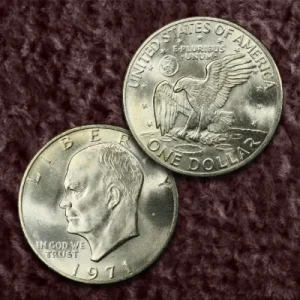
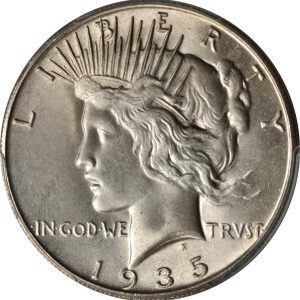
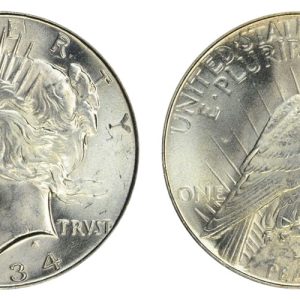
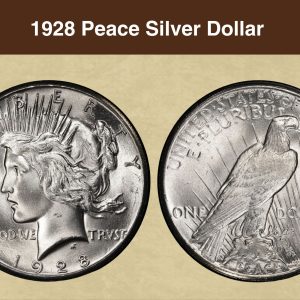
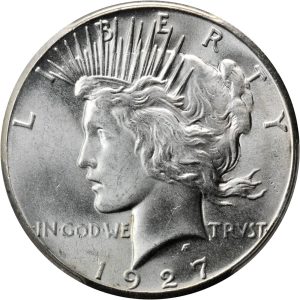
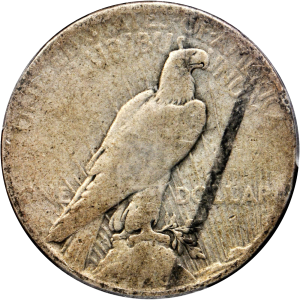
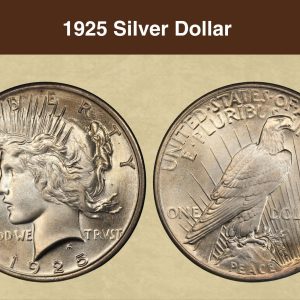
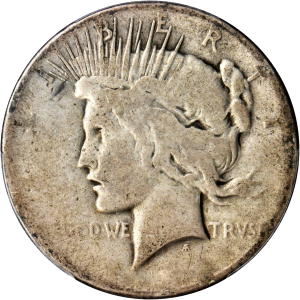
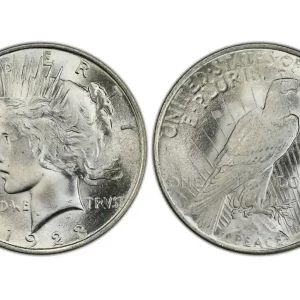
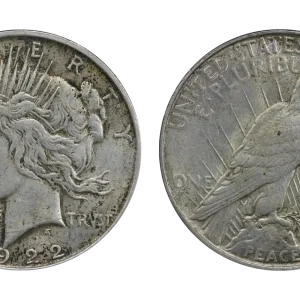
How much is an 1879 silver dollar worth with no mint mark?
An 1879 silver dollar with no mint mark is from the Philadelphia Mint and is worth from around $36 to $76 for circulated examples. The value increases significantly for higher grades, with some uncirculated coins selling for much more, while the most valuable examples are those in exceptional condition or specific proof-like versions.
What to look for on a 1879 silver dollar?
If your coin includes an exceedingly rare mint mark, however, it could sell for thousands of dollars! The big mint mark to look for on the Morgan 1879 silver dollar is the “CC” mark. The Carson Mint only minted around 756,000 of these silver dollars!
How many 1879 CC Morgan silver dollars were made?
Only 756,000 Morgans were minted at the Carson City Mint in 1879, the Morgan silver dollar’s second year in commission.
How much is a 1878 CC Morgan dollar worth?
The coin’s worth rises to about $500 to $42,500 for Proof Like (PL) and $700 to $30,000 for Deep Proof Like (DPL) coins in the current market. 1878 marked the first year of production for the Morgan dollar. Over 2.2 million examples were struck at the Carson City Mint that year.